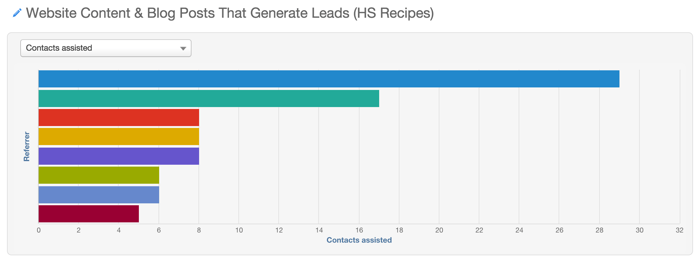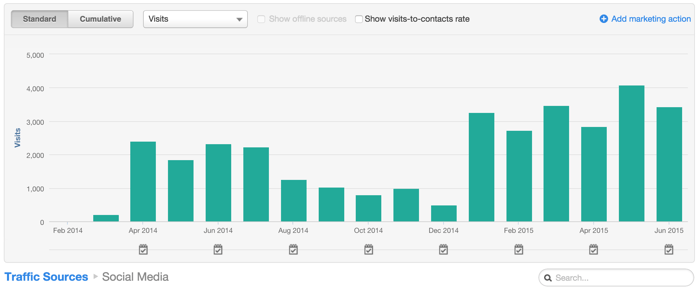
How do know which metrics are important? What should you be tracking and how do you track it?
With the amount of data now available at the click of a mouse (or trackpad), many marketers find themselves overwhelmed by information. To make your life easier, we’ve compiled this list of five inbound marketing analytics best practices. Pay attention to these key metrics, and you’ll be able to adjust your inbound marketing strategies to be more effective.
1. Know Your Keywords and How You Rank
First of all, it’s important to know:
- What keywords you want to organically rank for.
- How you measure up against your competition for those keywords.
When it comes to finding keywords, in addition to Google’s Keyword Planner, check out Ubersuggest and SEO chat’s keyword suggest tool. You can also use these tools to see how your competitors are performing.
2. Know Where Your Organic Traffic is Coming From
It’s great that you’re getting organic traffic, but do you know where it’s coming from? Check out which terms you’re showing up organically for, and how you can use those as a springboard for future growth.
By consistently blogging and marketing great content, you’ll start ranking for many terms you may have never even considered. Make sure to keep this in mind during the writing process so that you’re using your time dedicated for content creation wisely.
3. Know What Content Produces Leads
You want content that increases your organic ranking as well as content that generates leads. If you’re a Hubspot user, you can create an Attribution Report to see what blog posts are generating the most leads.

It’s also important to keep an eye on your visits to leads ratio. Increasing traffic to your site is awesome, but if that traffic isn’t producing leads then you’re attracting the wrong people.
4. Know Your Referral Traffic Origins
So we know we want organic traffic that generates leads, but what about referral traffic? We want to create content that provides so much value that others want to link to us.
Check out how your referral traffic is doing and where it’s coming from. You can build your referral traffic by guest blogging on other sites and by building relationships with others in the industry that may be interested in linking to your content.
5. Know Your Level of Social Media Engagement
It’s important to keep an eye on how many leads and customers are coming from social media. Check each social media site’s level of engagement and then focus your efforts on the sites that are providing the biggest ROI.

The most important metrics to measure when it comes to social media are interactions, clicks and visits.
Conclusion
Keeping track of all of your website metrics can be confusing, but staying on top of these five analytics best practices will help you better assess your website’s performance and make improvements where needed.








